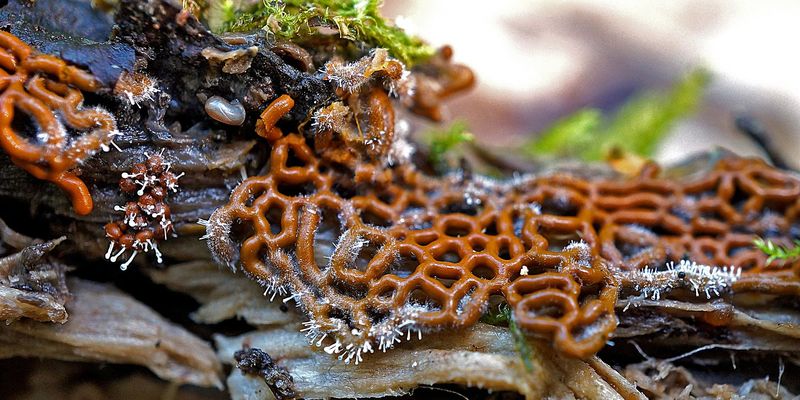Data use
Diversity of slime moulds–much more than meets the eye
Published 3/4/2019
DNA metabarcoding reveals diversity and composition of myxomycete communities in lowland pine forests of western Russia

Myxomycetes–or slime moulds–are fascinating lifeforms with a complex life cycle involving a single-cell amoeba-like stage followed by multinuclear aggregates, culminating in a fruiting body-like structure with airborne spores restarting the cycle.
In a study of so-called dark-spored slime moulds, researchers used DNA metabarcoding to assess the diversity of myxomycetes in the lowland pine forests of Nizhne-Svirskiy Reserve, Russia. Sampling both ground litter and soil in separate study plots representing four different stages after a forest fire, followed by DNA extraction, amplification and sequencing, the authors produced more than 300,000 sequence reads based on myxomycete-specific primers. These sequences clustered to fewer than 200 operational taxonomic units (OTU), of which the authors identified 15 species and nine genera.
Comparing identified taxa against GBIF-mediated occurrences, the authors found four species new to the Leningrad region. While the myxomycete composition shifted significantly with the fire history of a plot, the authors were unable to find a clear chronosequence, suggesting that factors shaping assemblages are not simply a linear product of time passed since a fire.
The study identifies DNA metabarcoding as a useful tool in describing slime mould diversity, as invisible amoeba-stage populations are much more widespread than the recordings of visible fruiting bodies.